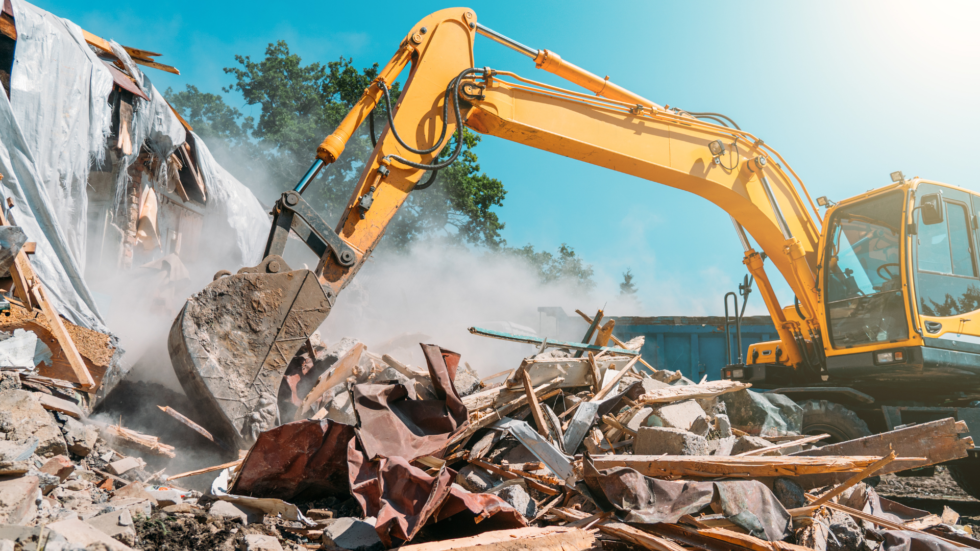Complete Guide to Residential and Commercial Strip Outs

Strip outs are an essential part of both residential and commercial renovation projects. They involve the careful removal of fixtures, fittings, and unwanted materials from a property before new construction or remodeling begins. Properly executed strip outs ensure a smooth renovation process, reduce potential hazards, and allow for efficient waste management.
Engaging professional services for strip outs can significantly streamline the process. Experienced teams manage the removal of all debris, including furniture, appliances, and structural elements, while ensuring compliance with safety standards and environmental regulations. This allows property owners and contractors to focus on planning and executing the renovation without worrying about the logistics of waste disposal.
Understanding the Types of Strip Outs
There are different types of strip outs depending on the nature of the property and the scope of work:
- Residential Strip Outs: Involve clearing homes, apartments, or townhouses. This may include removing cabinets, flooring, kitchens, bathrooms, and other internal structures.
- Commercial Strip Outs: Typically involve offices, retail spaces, warehouses, or industrial properties. These projects often require removing partitions, fixtures, flooring, and specialized equipment.
Understanding the type of strip out required is crucial for planning resources, time, and budget. Commercial projects generally require larger-scale operations and more complex logistics.
Planning and Preparation
Before commencing a strip out, proper planning is essential. Start by conducting a detailed site assessment to identify materials that need removal, potential hazards, and areas that require careful handling. Develop a plan that includes timelines, resource allocation, and safety measures.
It is also important to secure necessary permits if the property is commercial or if the project involves hazardous materials. Early preparation prevents delays and ensures that the project runs efficiently.
Safety Considerations
Safety is a top priority during any strip out. Workers should be equipped with appropriate personal protective equipment (PPE), such as gloves, helmets, masks, and safety boots. Hazardous materials like asbestos, lead-based paint, and electrical components require specialized handling and disposal.
Professional strip out teams are trained to manage these risks, reducing the likelihood of accidents and ensuring compliance with occupational health and safety standards.
Waste Management and Recycling
Efficient waste management is a critical component of strip outs. Materials should be sorted according to their type—metal, timber, concrete, and general waste. Recycling and reusing materials wherever possible not only reduces environmental impact but can also lower disposal costs.
Using a professional service ensures that debris is transported and disposed of responsibly. Many services have access to recycling facilities and can handle large volumes of waste efficiently, keeping the site clean and safe.
Tools and Equipment Needed
Successful strip outs require specialized tools and equipment. This includes crowbars, sledgehammers, power tools, dumpsters, and protective covers. For larger commercial projects, equipment such as forklifts and compactors may be necessary to handle heavy or bulky materials.
Proper use of tools and equipment minimizes damage to the property and ensures the safety of workers during the removal process.
Time Management and Project Scheduling
Effective scheduling is crucial for strip outs, especially in commercial settings where delays can impact business operations. Establish a timeline that includes pre-stripping assessment, removal activities, and post-removal clean-up. Coordination with contractors, electricians, and plumbers ensures that subsequent renovation work can proceed without disruption.
Choosing the Right Strip Out Service
Selecting a reliable and experienced strip out service is vital for a smooth project. Consider providers with a proven track record, appropriate licenses, and expertise in both residential and commercial projects. Clear communication about project requirements, timelines, and costs will help ensure expectations are met.
Track and Evaluate Waste Management Performance
Monitoring the effectiveness of your waste removal plan allows for ongoing improvement. Track metrics such as the volume of waste recycled, disposal costs, and frequency of pickups. Regular evaluation helps identify inefficiencies and informs adjustments for future projects. Documentation of performance can also support compliance reporting and demonstrate a commitment to sustainable practices.
Foster a Culture of Responsibility
Encourage all team members to take ownership of waste management. Promote awareness of environmental impact, and reward practices that minimize waste generation. A culture of responsibility ensures that waste management becomes an integral part of the construction workflow rather than an afterthought.
Maintain Safety Standards
Safety is critical when handling construction debris. Ensure all personnel wear appropriate protective gear such as gloves, helmets, and safety boots. Properly secure and label hazardous materials, and educate workers on safe lifting techniques. Professional waste removal teams are trained to manage risks, especially with heavy or hazardous materials, which enhances overall site safety.
Conclusion
Residential and commercial strip outs are critical steps in any renovation or construction project. Proper planning, safety management, and professional execution make the process efficient and reduce potential risks.
By engaging skilled strip out services, property owners and contractors can ensure that all materials are removed responsibly, paving the way for a successful renovation. Efficient strip outs not only save time and costs but also contribute to a cleaner, safer, and more sustainable construction environment.



